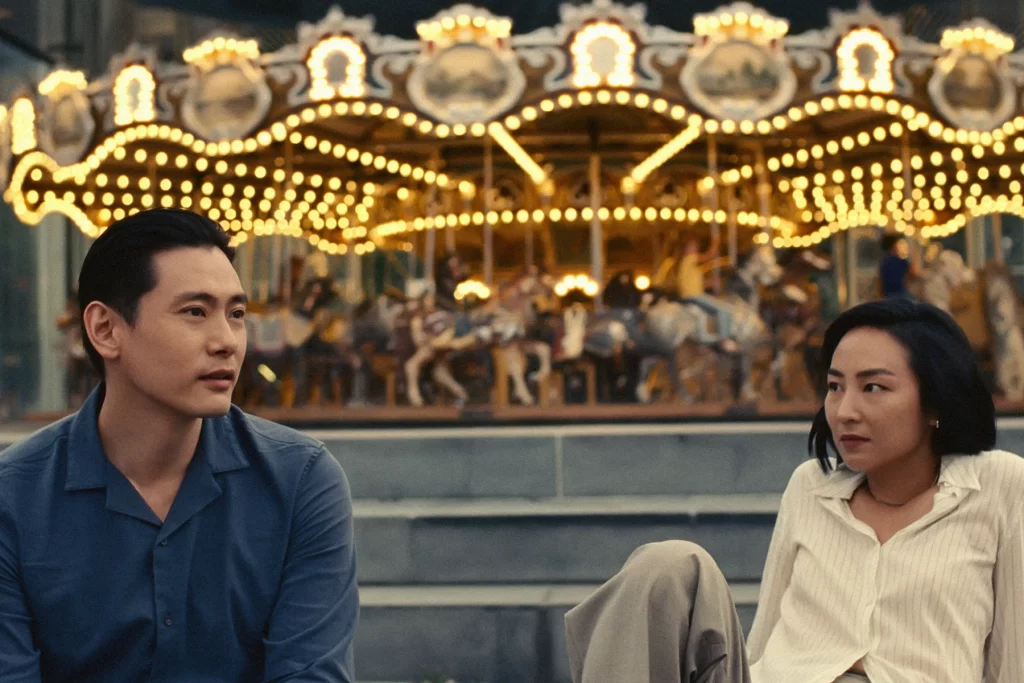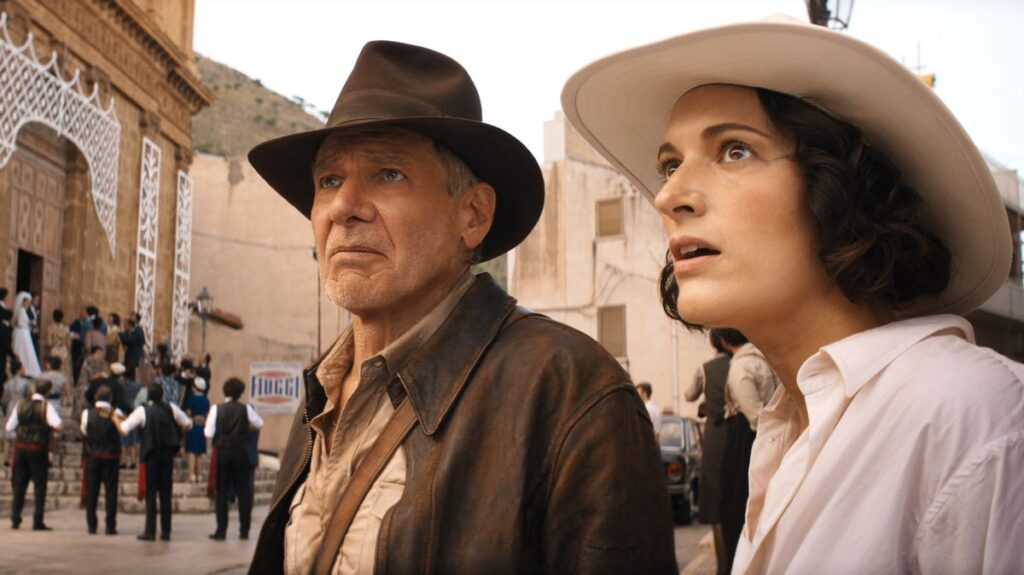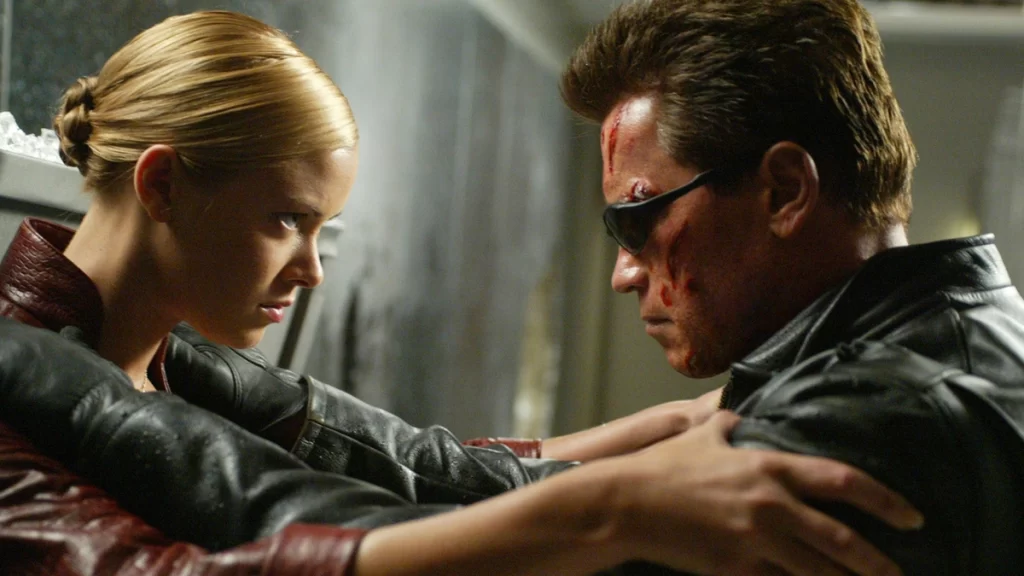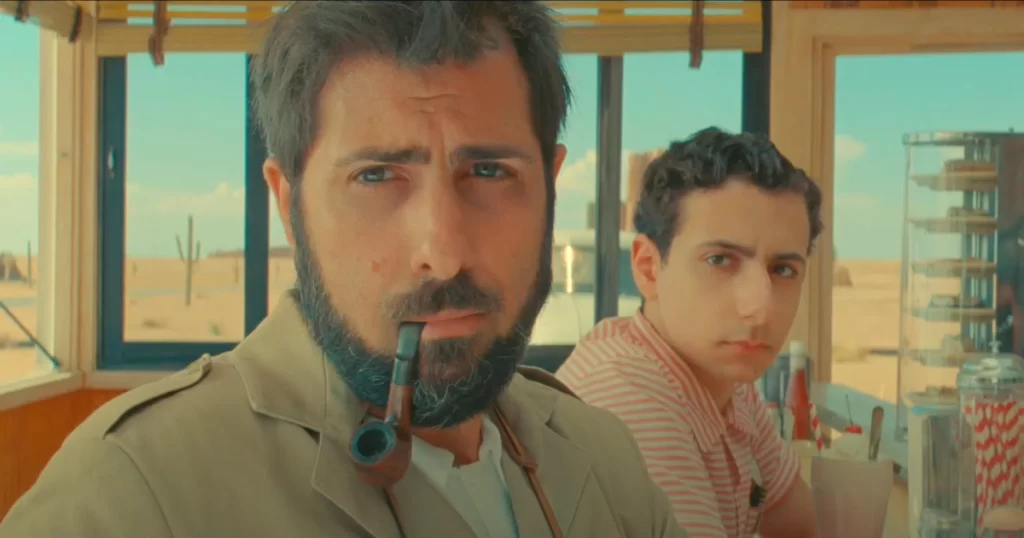From the Vault: Pirates of the Caribbean, 20 Years Later
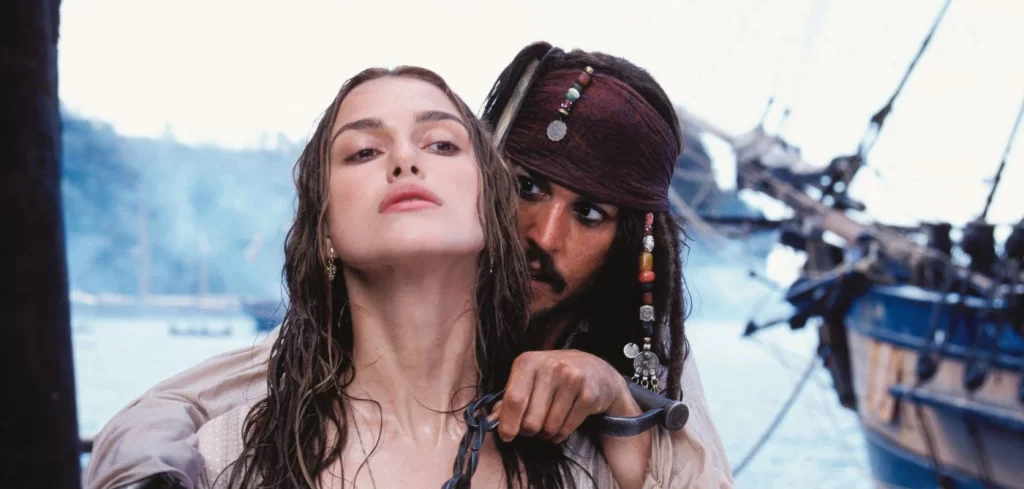
[EDITOR’S NOTE: In 2003, long before MovieManifesto.com existed, I spent my summer as a 20-year-old college kid writing as many movie reviews as I could. My goal was to compile them all into a website, possibly hosted by Tripod or Geocities, which would surely impress all of the women in my dorm. That never happened—neither the compiling nor the impressing—but the reviews still exist. So, now that I am a wildly successful critic actually have a website, I’ll be publishing those reviews on the respective date of each movie’s 20th anniversary. Against my better judgment, these pieces remain unedited from their original form. I apologize for the quality of the writing; I am less remorseful about the character of my 20-year-old opinions.]
God damn this movie is fun. There exists in Pirates of the Caribbean: The Curse of the Black Pearl an unadulterated joy of filmmaking so rarely found in the sullen cynicism of modern cinema. The film is crafted with skill and dexterity, fusing classically grand storytelling with a light-footed comedic grace. It is superbly acted, but even more, it is unapologetically cheerful, so that a genuine delight permeates each frame. This is a bold, effervescent picture, and it is an absolute pleasure to behold. Read More

